The 10 Coolest Processors Of 2015 (So Far)
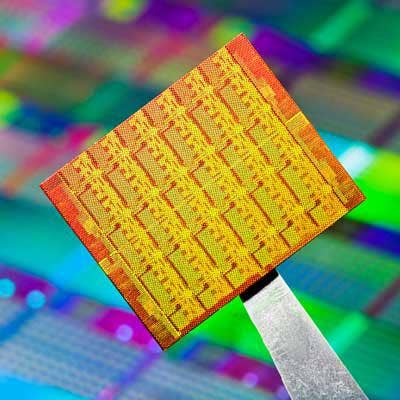
Building Better Chips
Thanks to Moore's Law, all you have to do is blink and there is a new, faster, more affordable and more power-efficient chip on the market. So far, 2015 has not disappointed those who hunger for better graphics, faster memory and more powerful desktop chips that can blow through ones and zeros as fast as Niagara Falls does water.
Here is a roundup of what 2015 has already delivered midyear when it comes to powerful and power-saving chips. For this roundup, we looked at everything from IoT chips to beefy, MHz-guzzling server chips to some of the most interesting chips in development.
For more on the "coolest" of 2015, check out "CRN's Tech Midyear In Review."
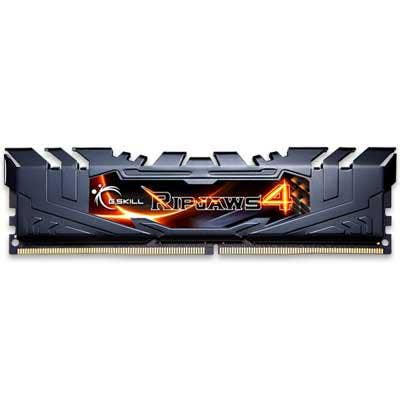
RAM
Fast RAM in a PC can make or break high-performance computing tasks that involve juggling multiple tasks such as graphics and compute-intensive chores. Since DDR4 was introduced about a year ago and Intel's upcoming Skylake processor will support it, the race has been ongoing as to who can make the fastest DDR4 memory.
In May that crown went to Kingston's HyperX division when it released the blazing-fast 128 GB DDR4 memory kit. The memory, part of Kingston's Ripjaws 4 series kit, runs at 3666 MHz, compared with the average RAM that has a clock speed of 1600 MHz. That's also fast enough for Kingston to draw a line in the sand and claim it has the ’fastest DDR memory’ available.
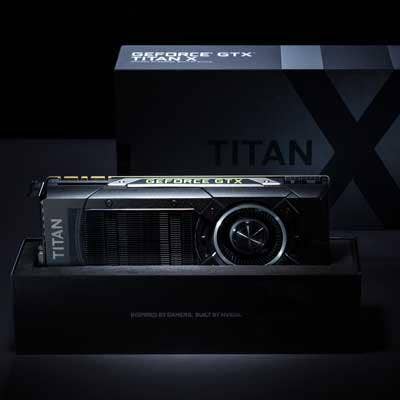
GPU
Nvidia's GeForce GTX Titan X is shaping up to be this year's runaway winner when it comes to delivering jaw-dropping performance in a single-GPU graphics card. Not only does it allow gamers to turn up the volume on high-definition graphics to ’11’ on the dial, it also offers the highest details for 4K resolution from a GPU on the market today.
At the heart of the Titan X is the all-new 28nm GM200 graphics processor unit (GPU) clocked at 1000 MHz, with a boost clock of 1075 MHz. As a bonus, there is no dual card configuration needed for Nvidia's GeForce GTX Titan X.
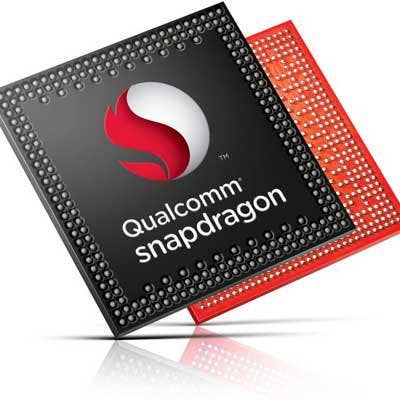
Mobile
Qualcomm's Snapdragon is a 64-bit CPU based on the company's new Kryo architecture. The highly anticipated chip is expected to best Qualcomm's 810, which faced performance criticisms over its tendency to overheat. But it's not just clock speeds that make the 820 a much-buzzed-about mobile chip. The 820 delivers very cool new capabilities such as a cognitive computing platform, which is a feature that boasts the ability to anticipate your needs and actions.
Sony and LG have reportedly thrown their support behind the new processor with major releases expected later this year, including Sony's Xperia Z4 and LG's G4 Pro.
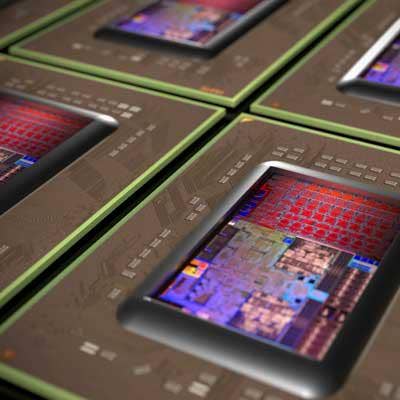
Entry-Level Mobile Laptop Chip
With its just-announced Carrizo APU, AMD is targeting one of the most robust segments of the laptop market -- systems selling for $400 to $700. The newest offering from AMD is the final iteration of the Bulldozer family of chips, introduced in 2011 sporting stunning performance per watt, lower thermal design and improved battery life.
An APU (Accelerated Processing Unit), compared with a traditional CPU or GPU, packs the components of both a CPU and a GPU into one chip. This allows AMD to deliver a smaller, more versatile chip that can juggle a variety of tasks such as light gaming. The chip, which targets entry-level laptops, competes with Intel's Sandy Bridge and Ivy Bridge chips, which are marketed as CPUs.
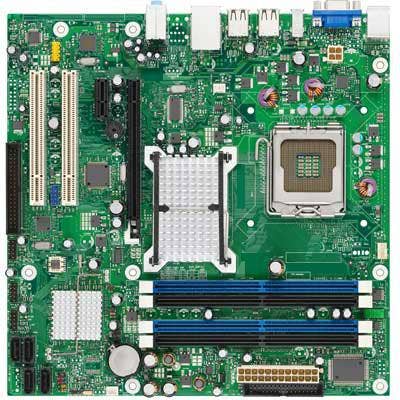
Mobile Workhorse
Wireless charging, blazing-fast transfer speeds, DDR4 memory support and longer battery life are some of the capabilities that Intel's sixth-generation Core chips promise to bring to laptops later this summer. Skylake's official release is expected to take place at the Intel Developer Forum on Aug. 15.
Skylake will be a mainstream chip with requisite Core i3, i5 and i7 PC processors as well as Xeon server chips and Core M chips. Skylake will power not just Windows PCs, but also Chromebooks and Android devices.
The rollout of Skylake CPUs will be staggered. The first to make it to market will be the mobile Core M chips, followed very quickly by a slew of laptop and desktop CPUs, according to Intel executives speaking at the Computex trade show in Taipei, Taiwan, earlier this month.
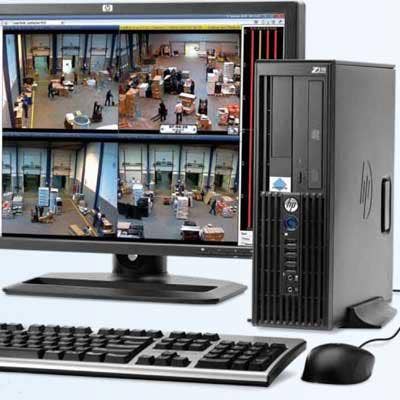
Desktop Chip
Last month, Intel reinforced its chip dominance with the release of a family of microprocessors, five of which are desktop chips. The new processors don't just pack a more powerful MHz punch, they also come with Intel's first ever socketable desktop processor with Intel Iris Pro graphics baked in. Intel's Iris Pro graphics don't just deliver 4k resolutions and immersive experiences. These new Broadwell H chips, enhanced with Iris Pro, also allow for top performance when tackling data visualization and graphics-intense tasks.
According to Intel, in addition to Core i5 and i7 chips, it will also introduce two LGA (land grid array) socketable processors for enthusiasts and system builders that will be unlocked for overclocking. The Broadwell H chips will come in a variety of flavors targeting not just the desktop but also notebooks.
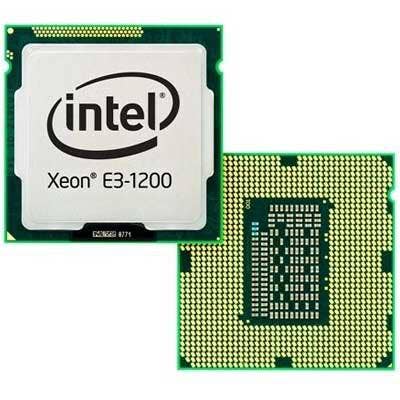
Server
In June, at the Computex 2015 show in Taiwan, Intel introduced its Xeon E3-1200 v4 product lineup. The Xeon family of chips is Intel's newest 14-nanometer processor, which includes the company's Iris Pro P6300 graphics integration.
Intel said it is targeting cloud-based workloads along with tasks that involve high visual demands such as high-definition video transcoding and 3-D rendering. Intel claims the chips offer up to 1.4 times the performance for video transcoding as the previous generation of processors and up to 1.8 times the 3-D graphics performance.
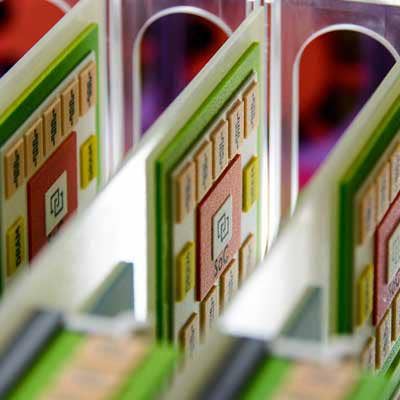
Next-Gen Memory
For the past year, Hewlett-Packard has been working on what it calls ’The Machine,’ designed to be more energy-efficient and powerful than previous generation systems. Central to The Machine is the use of memristors, a type of next-gen RAM that can be used for both temporary and long-term data storage. The idea is, memristor memory eliminates the back and forth of data being moved from a hard drive to memory. Doing so removes all the data speed bumps, allowing for an exponential speed improvement and a more powerful server that uses a fraction of the energy.
While we may have to wait until 2016 for the first HP prototype ’Machine’ to roll off the assembly line, HP is taking the lead in advancing memory technology so far in 2015.
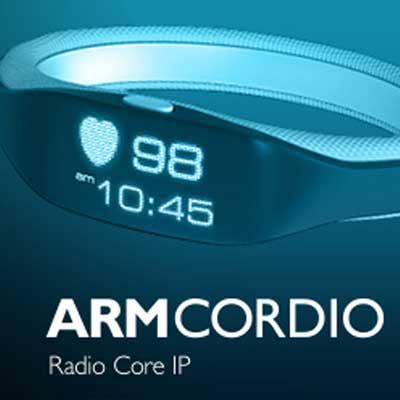
IoT
U.K.-based ARM, a top fabless chipmaker, hopes to maintain its momentum in the Internet-of-Things market with new re-architected ARM Cortex-M chips. The chip, formally called Cordio IP with TSMC 55ULP, is geared toward a wide range of health monitors, smart home devices and sensors.
The IoT subsystem update delivers to the Cortex-M chip include Bluetooth 4.2 wireless support called Cordio. The chip also has expanded support for a raft of IoT sensors while dramatically reducing power consumption, ARM said. In some cases, ARM said, the chip can nearly double the lithium battery life of connected devices.
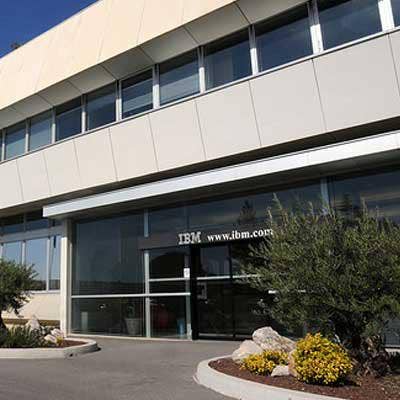
Chip To Watch
All eyes are on IBM, Nvidia and Mellanox to deliver hardware and software that could give dominant chipmaker Intel a run for its money. The three firms have announced joint development of solutions around Big Blue's OpenPower platform. The three companies opened a research facility in Montpellier, France. Here, they will build an ecosystem around the OpenPower processors to enable a "SuperVessel cloud service."
Teams representing all three companies said they will focus on HPC apps built using the open source Power architecture, as part of the OpenPOWER Foundation. The companies will attempt to leverage IBM Power CPUs, Nvidia's Tesla Accelerated Computing Platform and Mellanox's InfiniBand networking solution in a continued effort to provide customers an alternative to Intel's x86 chip platform.